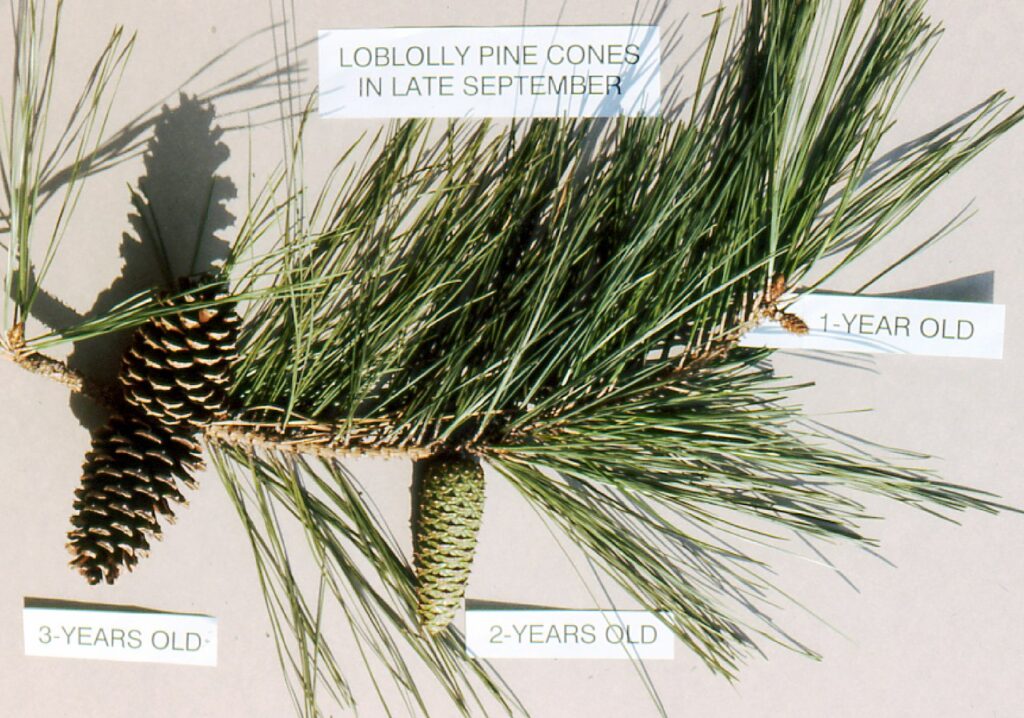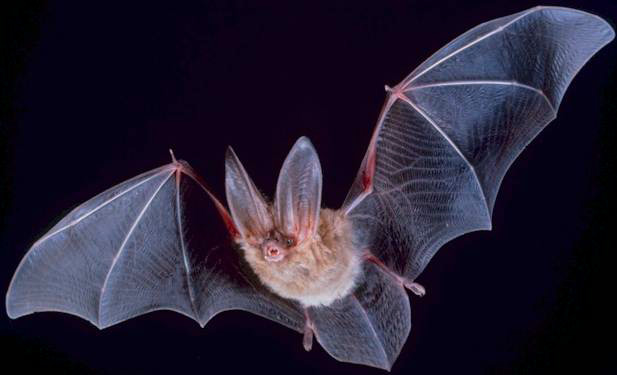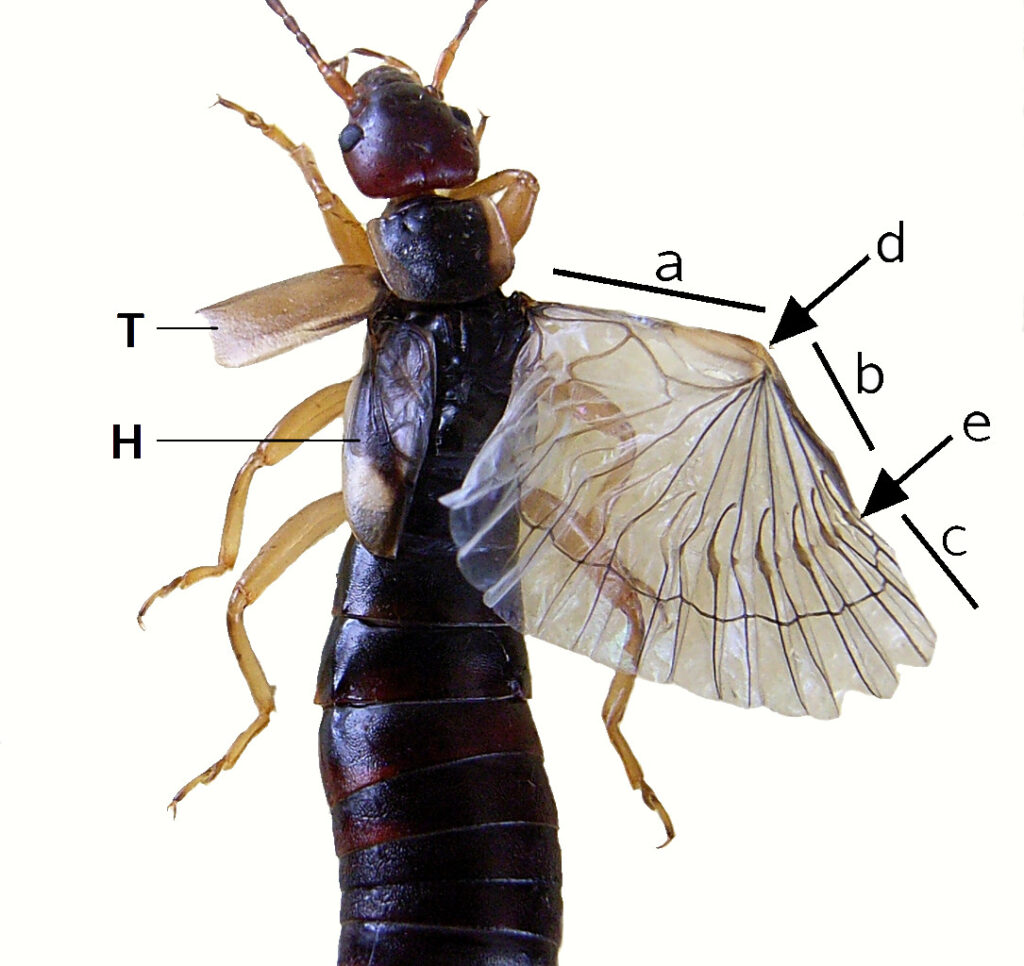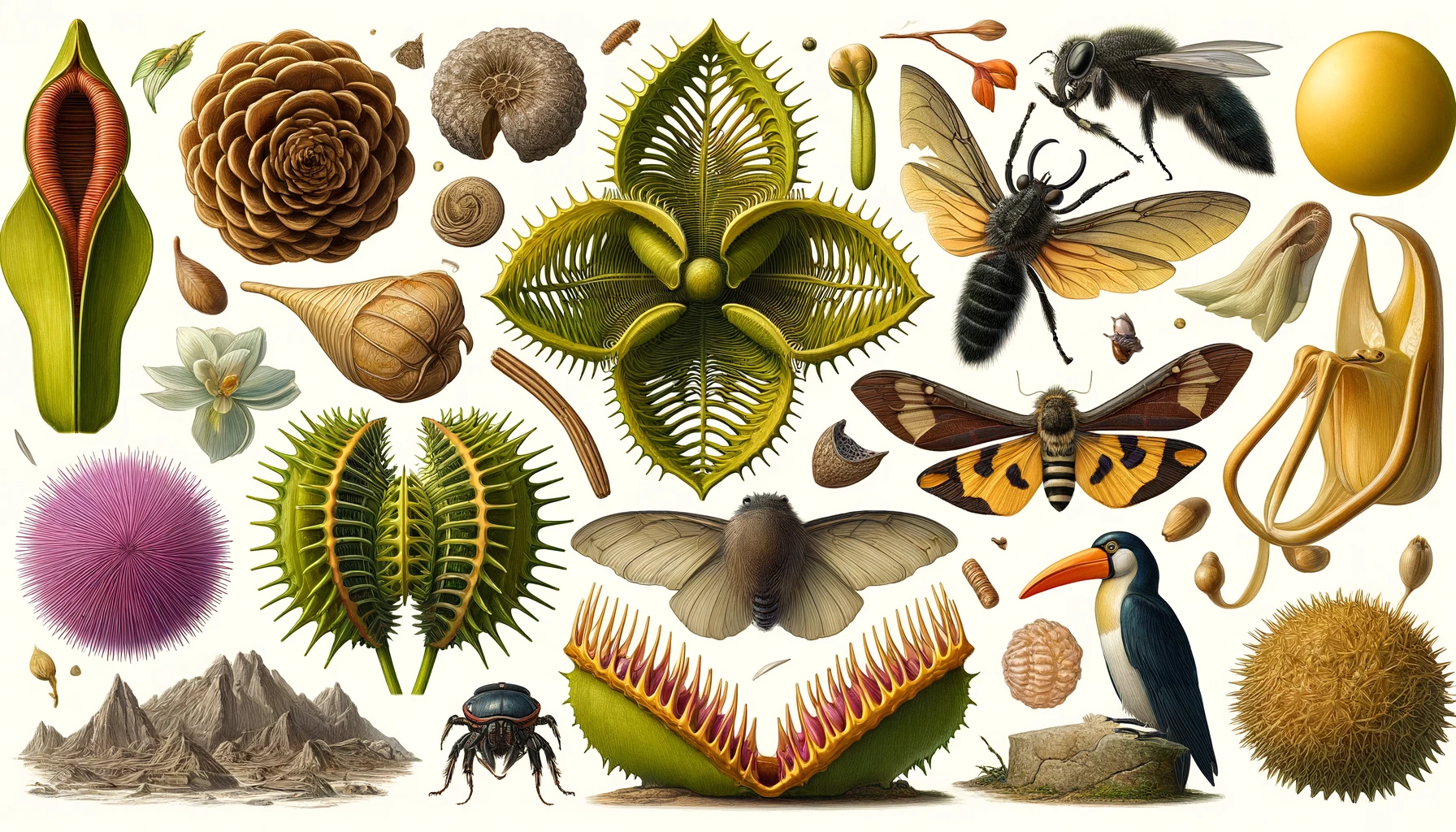Key Takeaways
- Nature’s folding mechanisms found in plants and animals offer a rich source of inspiration for innovation across various fields, from architecture and robotics to aerospace and materials science.
- Studying and emulating natural folding strategies can lead to the development of efficient, adaptable, and sustainable technologies that solve real-world problems.
- Interdisciplinary collaborations and biomimicry are crucial for unlocking the full potential of natural folding mechanisms and promoting sustainable development.
- Embracing bio-inspired solutions, such as moisture-responsive materials, soft robotics, and foldable structures, can contribute to energy efficiency, environmental conservation, and a circular economy.
- Continued research, creativity, and a willingness to learn from nature’s ingenuity will pave the way for groundbreaking advancements that harmonize human innovation with natural wisdom.
Nature’s ingenious folding mechanisms, refined over millions of years, offer a treasure trove of inspiration for modern technology, engineering, and architecture. These marvels, found in plants and animals alike, showcase nature’s remarkable ability to solve problems elegantly and efficiently. Let’s explore some of these captivating folding mechanisms and unlock their potential to revolutionize our world.
Table of Contents
The Botanical Marvels of Folding
Pine Cones: Nature’s Hygroscopic Wonders
Ah, the classic pine cone – a prime example of a natural folding mechanism that has captured the imagination of scientists and engineers alike. These woody structures protect the seeds of pine trees, opening and closing in response to environmental humidity levels. When conditions are dry, the scales of the pine cone open up, releasing their precious cargo of seeds to be dispersed by the wind. Conversely, in wet conditions, the scales fold tightly, safeguarding the seeds from unfavorable germination conditions.

Loblolly pine branch with cones of different ages; two-year old cones will disperse seeds during fall and winter. Pinethicket at English Wikipedia, CC BY-SA 3.0, via Wikimedia Commons.
The secret behind this folding behavior lies in the differential swelling and shrinking of the cone’s scales. The outer layers of the scales absorb more water and swell more than the inner layers, causing the scales to bend and close when wet. This hygroscopic movement, driven by the natural properties of the plant’s material, has inspired the development of moisture-responsive materials used in various technologies, including climate-adaptive architecture and responsive materials.
Mimosa Pudica: The Shy Plant’s Defensive Folding
Meet Mimosa pudica, affectionately known as the “sensitive plant.” This intriguing species exhibits a rapid folding response to touch, a defense mechanism to deter herbivores. When its leaves are disturbed, they fold up quickly, as if the plant is shy or ticklish. This folding is a result of changes in turgor pressure within the plant cells. Specialized cells at the base of each leaflet lose water rapidly when stimulated, causing the leaves to collapse inward.

This touch-sensitive folding mechanism has sparked interest in the field of soft robotics. Engineers are studying Mimosa pudica to design robots that can move and change shape in response to physical stimuli. Imagine robots that can navigate delicate environments, such as the human body, or adaptive structures in architecture that can respond to their surroundings.
Venus Flytrap: Nature’s Rapid-Folding Predator
The Venus flytrap (Dionaea muscipula) is one of the most famous examples of a plant using a folding mechanism for predation. Its trap consists of two lobes that snap shut with lightning speed when trigger hairs on the inner surfaces are touched twice in quick succession. This rapid movement is facilitated by the swift change in cell turgor pressure and the elasticity of the trap’s lobes.

The Venus flytrap’s quick response to prey capture has inspired the design of fast-acting, pressure-sensitive devices. By mimicking the trap’s mechanism, engineers may develop sensors and actuators that can operate with similar speed and efficiency. Such devices will have potential applications in environmental monitoring, innovative security systems, and more.
The Animal Kingdom’s Folding Marvels
Bat Wings: Aerodynamic Origami in Motion
Bats exhibit a sophisticated folding mechanism in their wings, which allows them to achieve efficient flight and conserve energy when not flying. Their wings are composed of a thin membrane stretched over elongated fingers. When at rest, bats fold their wings tightly against their bodies, reducing their surface area and protecting the delicate wing membrane.

This ability to compactly fold their wings has inspired aerospace engineers to design foldable structures, such as deployable drone wings and compact aircraft components that require minimal storage space while maintaining aerodynamic efficiency.
Earwigs: Nature’s Masters of Compact Folding
Earwigs possess an intricate wing-folding mechanism that enables them to tuck their large, membranous wings into a compact space under their short elytra (hardened forewings). This folding process involves a combination of rigid and flexible elements that allow the wings to fold in a highly efficient manner.

The mechanism is so advanced that it has caught the attention of engineers looking to create foldable electronics and deployable structures that require both strength and flexibility. By studying the biomechanics of earwig wings, researchers aim to develop innovative solutions for compact and portable devices, from smartphones to satellites.
Bird Beaks: Nature’s Expandable Storage Solutions
Certain birds, such as pelicans, have beaks that incorporate a folding mechanism to capture and store large prey. The lower beak can expand and contract thanks to a flexible membrane, allowing the bird to scoop up and hold a significant amount of water and fish.

This natural mechanism of expansion and retraction offers valuable insights for designing expandable tools and containers that need to adjust their volume dynamically. Engineers and designers are exploring how this biological folding process can be applied to create versatile and efficient storage solutions, from camping gear to emergency shelters.
Unfolding a Sustainable Future: Interdisciplinary Innovations Inspired by Nature
The implications and applications of natural folding mechanisms are vast and far-reaching, rippling across various domains and paving the way for a more sustainable and harmonious future. From climate-responsive architecture to soft robotics and aerospace engineering, the marriage of biological insights and cutting-edge technology is giving birth to groundbreaking innovations.
Architectural Marvels: Homes that Breathe with Nature
Imagine living in homes and workplaces that can adapt to the ever-changing weather conditions, opening up to provide ventilation when the air is dry and closing to retain heat and moisture when the air is damp. This vision of adaptive architecture, inspired by the hygroscopic properties of pine cones, is becoming a reality as architects develop building materials that can expand and contract in response to humidity levels. These climate-responsive structures not only enhance energy efficiency and indoor comfort but also foster a harmonious relationship between our built environment and nature.
Soft Robotics: Delicate Precision Inspired by Nature’s Sensitivity
Drawing inspiration from the rapid folding mechanisms of the Venus flytrap and the touch-sensitive Mimosa pudica, engineers are pushing the boundaries of soft robotics. Consider soft robotic grippers that can fold and unfold with precision, gently grasping delicate objects for use in medical devices, search and rescue operations, or precision agriculture. These bio-inspired robots offer unparalleled flexibility, adaptability, and safety, opening up new possibilities in fields where delicate handling is crucial.
Aerospace Advancements: Soaring with Nature’s Foldable Wings
The folding mechanics of bat wings and earwig wings are guiding the design of foldable drone wings and compact aerospace components. For instance, envision a world where drones can be easily transported and deployed in emergency situations, or where spacecraft can unfold intricate structures once in orbit, thanks to the lessons learned from nature’s folding experts. The future of aerospace technology is taking notes from nature’s playbook, creating efficient storage solutions that deploy quickly while maintaining aerodynamic performance.
Sustainable Innovation through Interdisciplinary Collaboration
The path to realizing the full potential of natural folding mechanisms lies in interdisciplinary collaborations and the practice of biomimicry. By bringing together biologists, engineers, material scientists, and architects, we can unlock synergies that foster groundbreaking advancements. Structures could be created that are not only aesthetically pleasing but also environmentally responsive, reducing energy consumption and improving living conditions.
The future of sustainable innovation hinges on our ability to learn from nature’s time-tested solutions and adapt them to modern challenges. In this way, we can create a world where human ingenuity and natural wisdom work in harmony, paving the way for a greener, more resilient tomorrow.
Embrace the Fold: A Call to Action
A world of opportunities awaits those willing to embrace this fascinating field. For researchers, the call is to continue exploring the intricate folding mechanisms found in nature, uncovering new insights and pushing the boundaries of our understanding. For engineers and designers, the challenge is to translate these biological principles into practical applications, creating innovative solutions that solve real-world problems.
But the call isn’t limited to professionals alone. Educators and enthusiasts alike can play a vital role in inspiring the next generation of innovators. By sharing the wonders of natural folding mechanisms and fostering a love for biomimicry, we can cultivate a future where creativity and sustainability go hand in hand.
Further Reading
For those interested in delving deeper into the fascinating world of natural folding mechanisms and their applications, here are some recommended books:
“The Fold: Leibniz and the Baroque” by Gilles Deleuze – This philosophical exploration delves into the concept of the fold as it appears in the work of Leibniz and the Baroque period. It provides a unique perspective on folding as a principle that transcends disciplines, influencing art, architecture, and philosophy.
“Biomimicry: Innovation Inspired by Nature” by Janine M. Benyus – This book explores how nature’s time-tested patterns and strategies can be applied to solve human problems. It covers various aspects of biomimicry, including natural folding mechanisms and their technological applications.
“Origami Design Secrets: Mathematical Methods for an Ancient Art” by Robert J. Lang – A comprehensive guide to the mathematical principles behind origami. This book is perfect for those interested in the technical and design aspects of folding, offering insights into how these principles can be applied to practical problems.
These books provide a broad range of perspectives on folding mechanisms in nature, from philosophical and artistic to scientific and practical applications.




